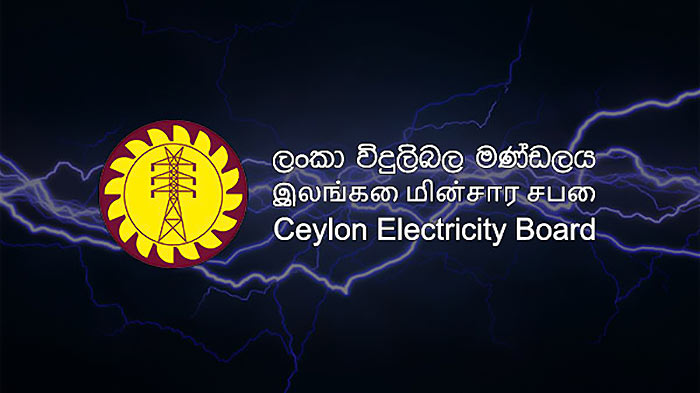Ceylon Electricity Board (CEB) makes thumping Rs. 61.2 billion profits last year

The Ceylon Electricity Board (CEB) has declared thumping profits for 2023, amounting to Rs. 61.2 billion for the Board and Rs. 75.7 billion for the group (which includes other investments), according to its unaudited interim financial statements for the year ended December 31.
These numbers were largely driven by soaring profits from October to December last year.
Industry experts said such earnings were made possible due to massive rainfall received across the country from September onwards, allowing the CEB to dramatically reduce oil and coal-based generation.
Higher rainfalls are normally received during October–December in an El Nino year.
Meteorology Department data show there was above-average rainfall from October to December last year.
The financial statements demonstrate that October to December revenue includes an additional Rs. 21 billion from the 18% tariff increase in October 2023, which was effected as an “emergency measure” after the CEB warned that it risked closing the year with a Rs. 18 billion loss without it.
But the statements also show that the CEB would have ended up with significant profits (about Rs. 40 billion) even without the tariff increase, raising further concerns regarding the analysis behind the hike.
At a public consultation held in October last year by the sector regulator, the Public Utilities Commission of Sri Lanka (PUCSL), all stakeholders opposed a tariff increase.
They noted that CEB’s projected costs for 2024 had been significantly overstated.
However, the PUCSL rubber stamped the CEB’s proposed 18% tariff hike without change the following day but did not release its customary “decision document” to explain and justify the approved percentage revision.
The financial statements and recent tariff submissions also raise concerns about the CEB’s financial planning and projections.
In its tariff submission filed with the PUCSL on January 12 last year, the CEB estimated the 2023 profits of the Board to be Rs. 48 billion.
During the public consultation, however, the utility estimated the profits to be Rs. 58 billion. The accounts now show them to be Rs. 61 billion.
Post-public consultations, the CEB has agreed to review and reduce the costs as well as resubmit the tariff proposals.
Power and Energy Minister Kanchana Wijesekara has said that the October 2023 tariff increase will at least be reversed.
Accordingly, tariff documents resubmitted by the CEB to the PUCSL on February 22 show a reduction in the projected costs of some line items and increases in others.
For instance, generation capacity costs were reduced by Rs. 55 billion, distribution costs by Rs. 18 billion, and finance costs by Rs. 5 billion.
But “other costs” under generation capacity have been upwardly revised by Rs. 5 billion and the debt service charge by Rs. 8 billion.
Even the formulaic independent power producer capacity charge costs have gone up by Rs. 5.7 billion.
Analysts say this raises concerns regarding the CEB’s estimation and review process.
Separately, PUCSL sources said they held discussions with the CEB regarding its latest filings and that the utility has agreed to further reduce the costs and resubmit its tariff proposal in the coming week.
(Source: The Sunday Times)

Latest Headlines in Sri Lanka
- Namal Rajapaksa denies rumors about his father’s health April 7, 2025
- Acting IGP seeks removal of Welikada OIC over custody death April 7, 2025
- Sri Lanka to present trade deficit proposal to U.S. amid tariff fallout April 7, 2025
- NPP MP Kosala Nuwan Jayaweera passes away April 6, 2025
- Harsha delighted as his agri project comes to life in Dambulla April 6, 2025


